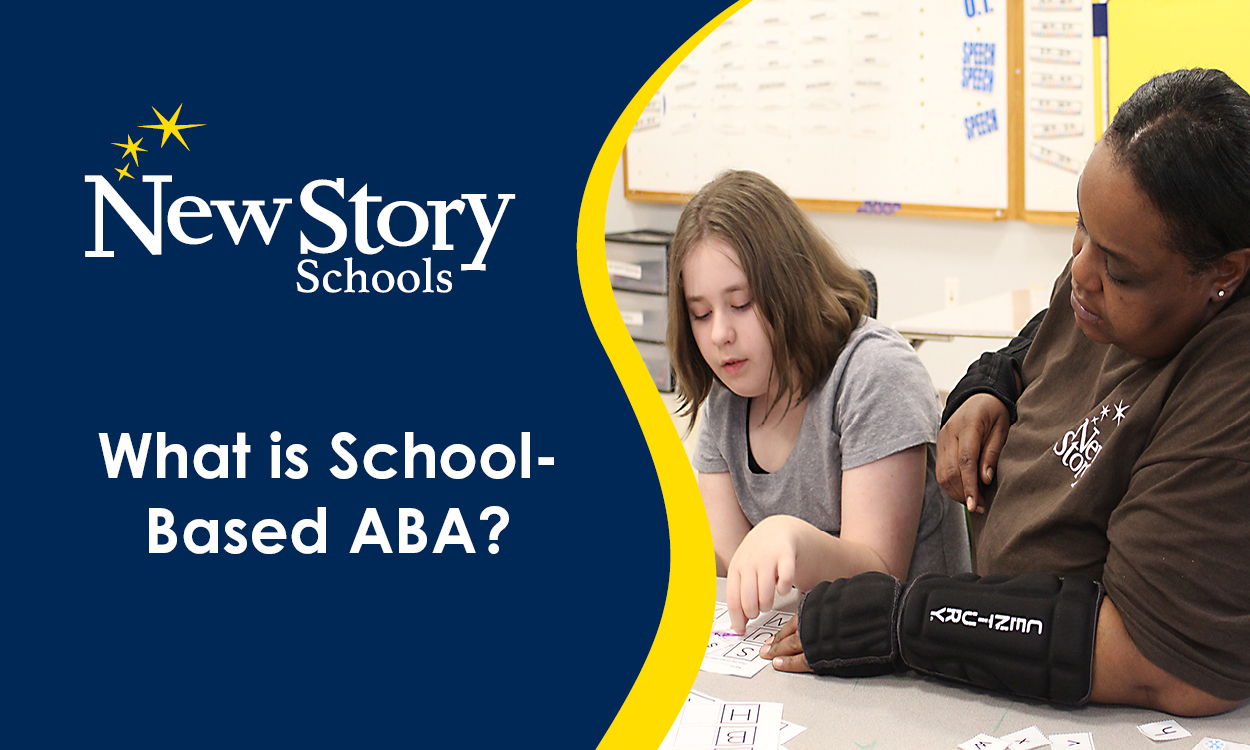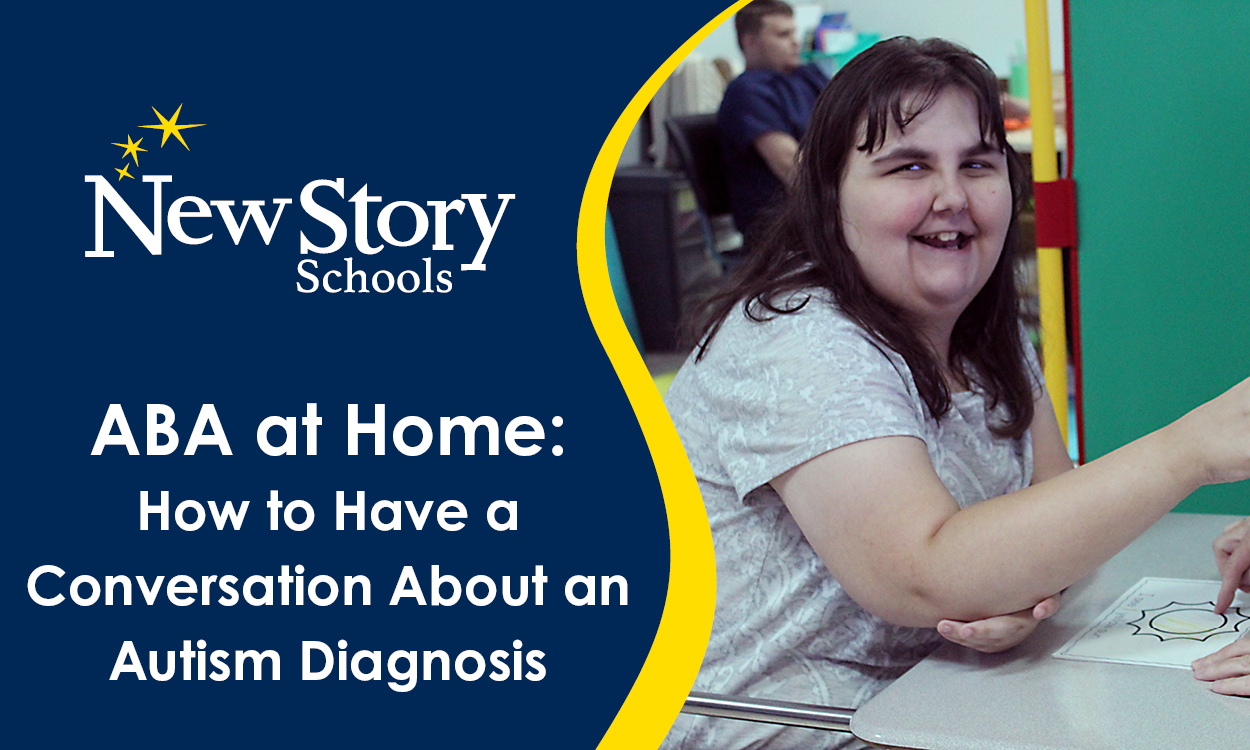Tips for Helping Your Child Deal with Emotions
Posted: July 22, 2020 | Written By: Maureen Manning | Category: Special Education Teaching

Knowing how to respond to your child's negative emotions (e.g. sadness, fear, anger) can be difficult. However, it is normal, and expected, for your child to experience such emotions, and how you respond significantly shapes your child's actions. Your child learns how to manage his/her emotions in healthy and productive ways when you respond calmly and consistently.
A popular quote by L.R. Knost states, "When little people are overwhelmed are big emotions, it's our job to to share our calm, not to join their chaos." But that may be easier said than done. How can you remain calm when your child is displaying intense negative emotions? By practicing what psychologists refer to as "emotion coaching," a five-step process in which you use teachable moments to develop your child's emotional competence.
The Five Steps of Emotional Coaching
- Become Aware of both your and your child's emotions (e.g. recognize you and your child seem angry).
- Recognize your child's emotional reaction as an opportunity to connect with and teach your child skills to regulate emotions, rather than just punishing or disciplining.
- Listen with empathy and validate how your child is feeling. Remember, validating a feeling does not mean accepting a behavior.
- Help your child name the emotion he/she is feeling, which often includes building your child's emotion vocabulary.
- Set limits on your child's behavior and help him/her problem solve. As an example, if an angry child hits a sibling, you could say, "It's OK if you felt angry, but it is not OK if you hit your brother. We need to brainstorm how you can make it up to your brother, and what you can do next time when you get angry at him." It is important to develop solutions that address the present situation and help prevent similar situations in the future.
Emotional coaching is not always practical, nor is it easy. It takes practice, and when pressed for time, you may only be able to implement one step. However, it is portable. It doesn't require special tools or materials, and it can be used to reinforce other strategies your child is learning (e.g. yoga, exercise, relaxation).
The use of emotional coaching has been proven to be extremely effective. Studies have shown that children whose parents use emotion coaching tend to be more physically healthy, socially skilled, academically successful, emotionally stable and demonstrate fewer behavioral problems and less violence than their peers.
The next time you are faced with responding to your child's negative emotions, try making the experience a teachable moment with emotional coaching.
Want to be notified of new articles and resources from New Story Schools? Submit your email and opt into our newsletter!









